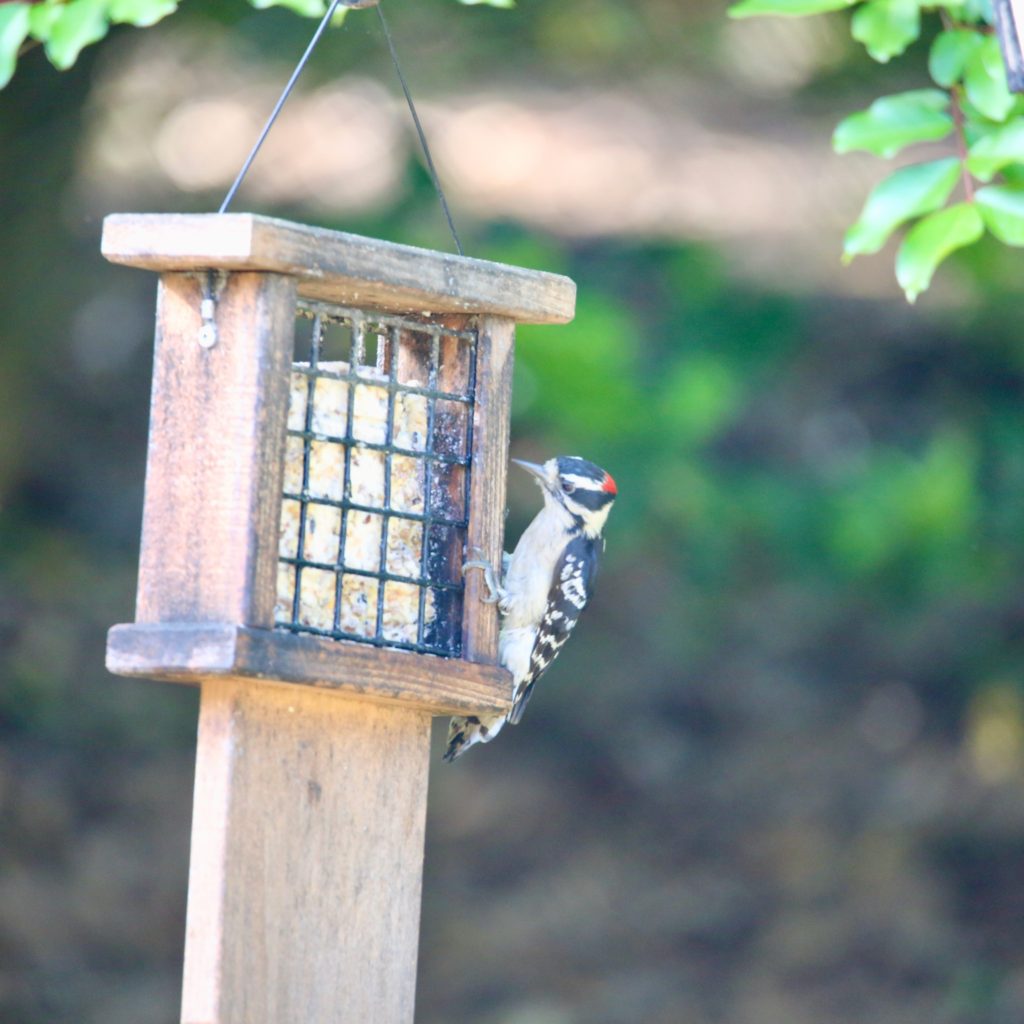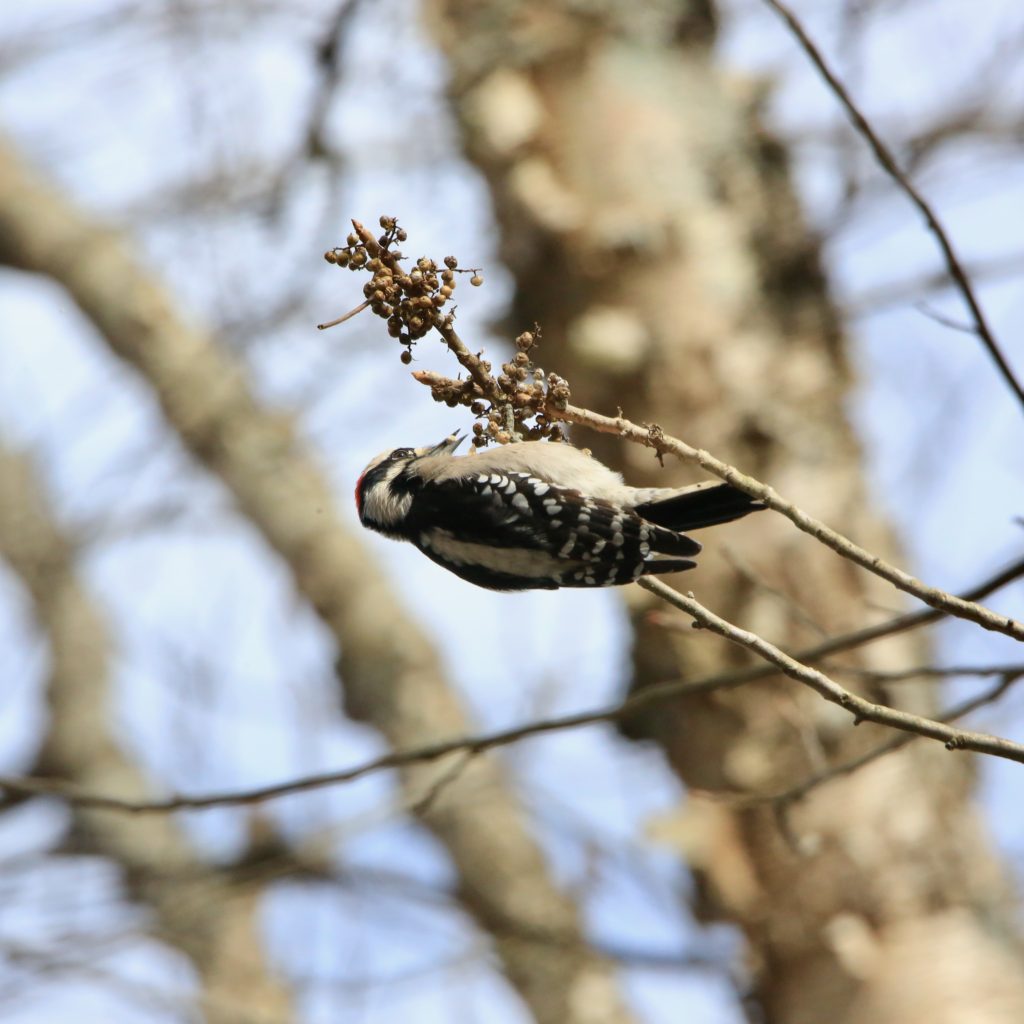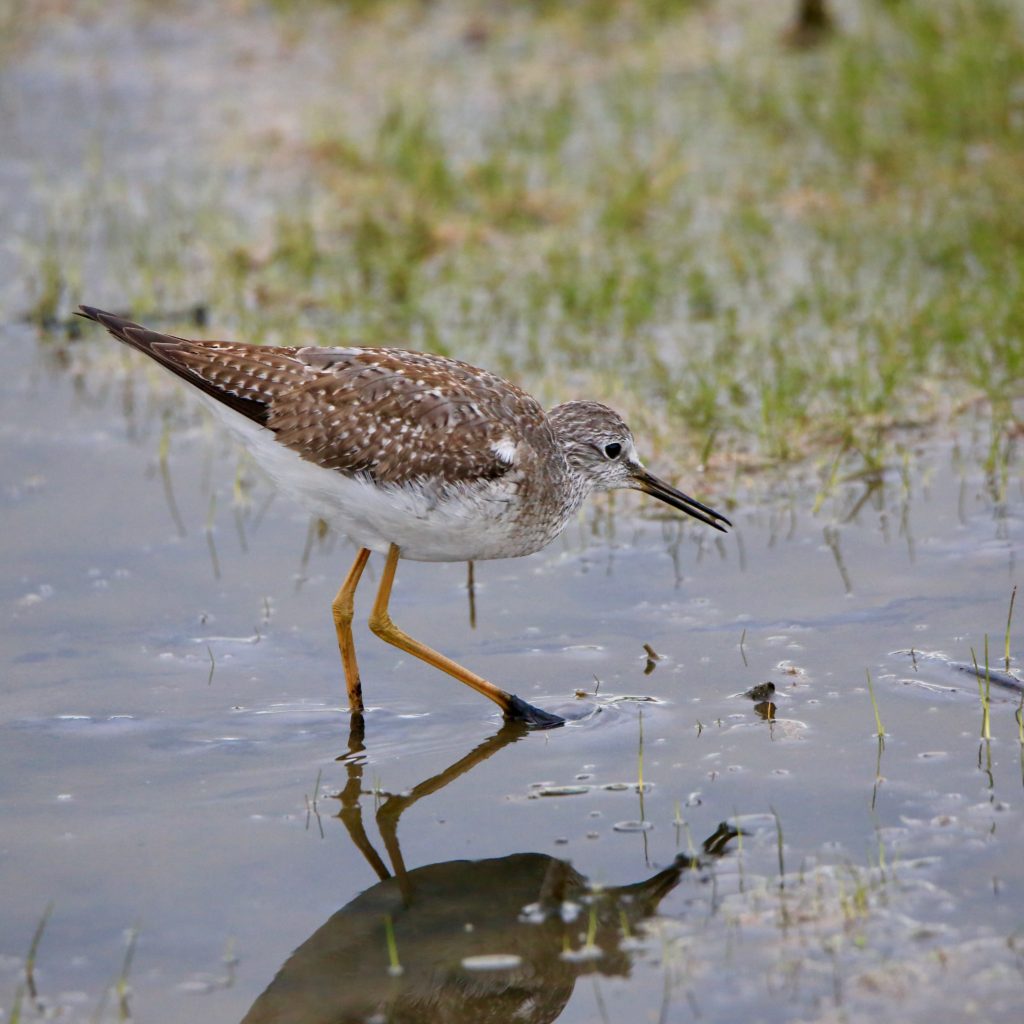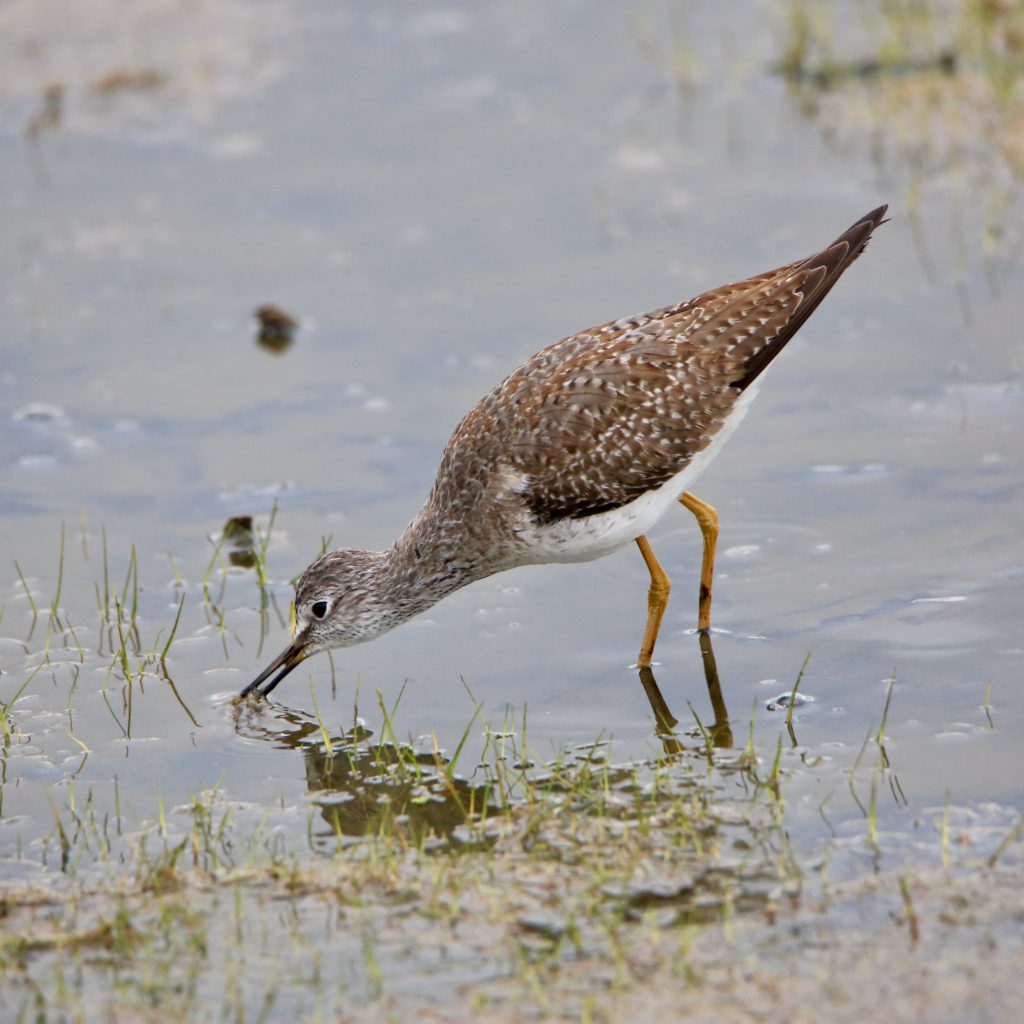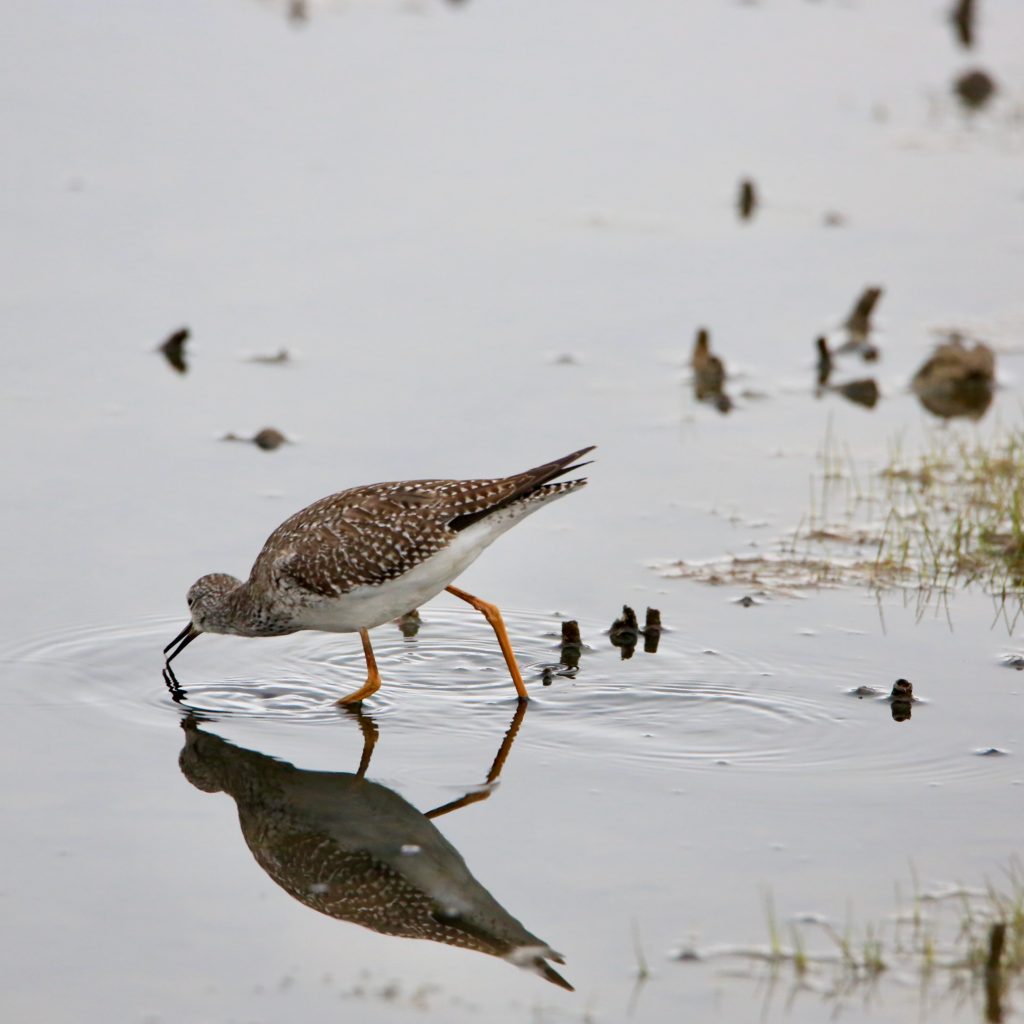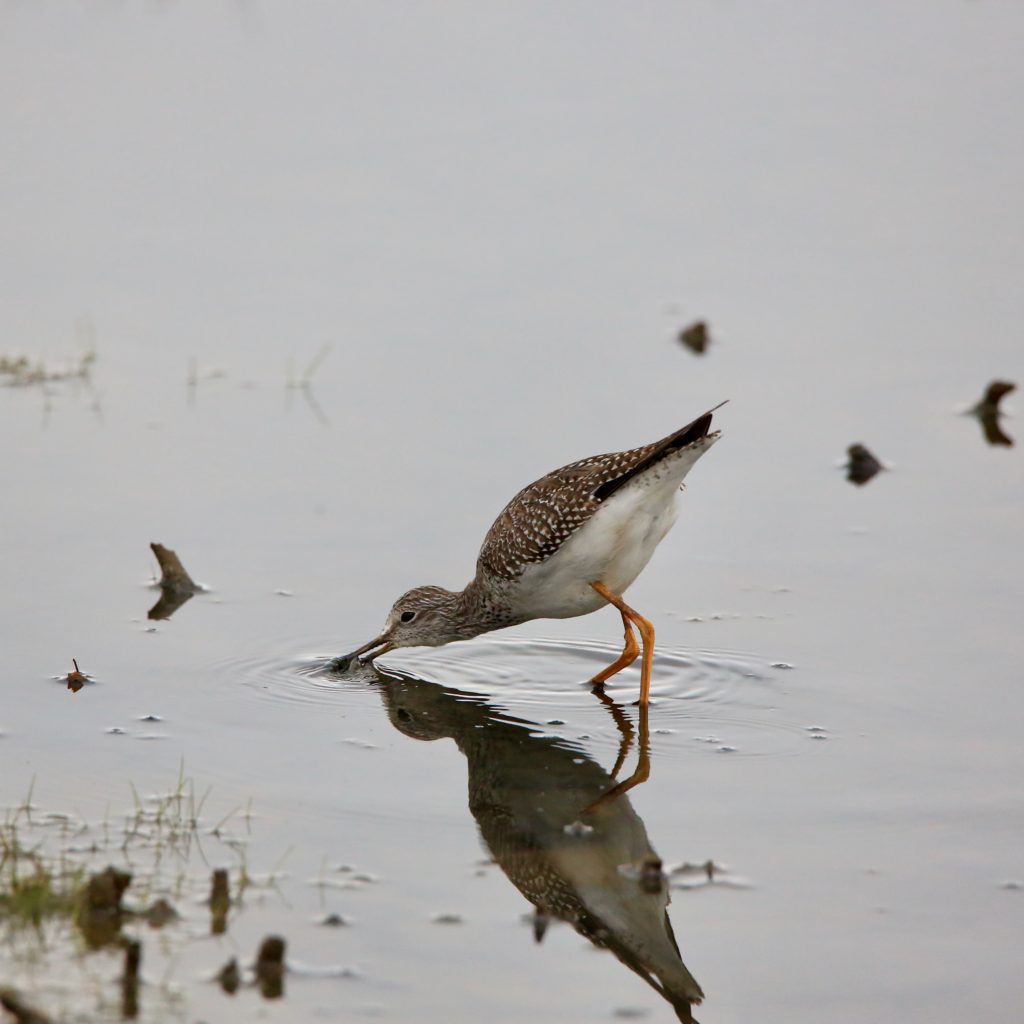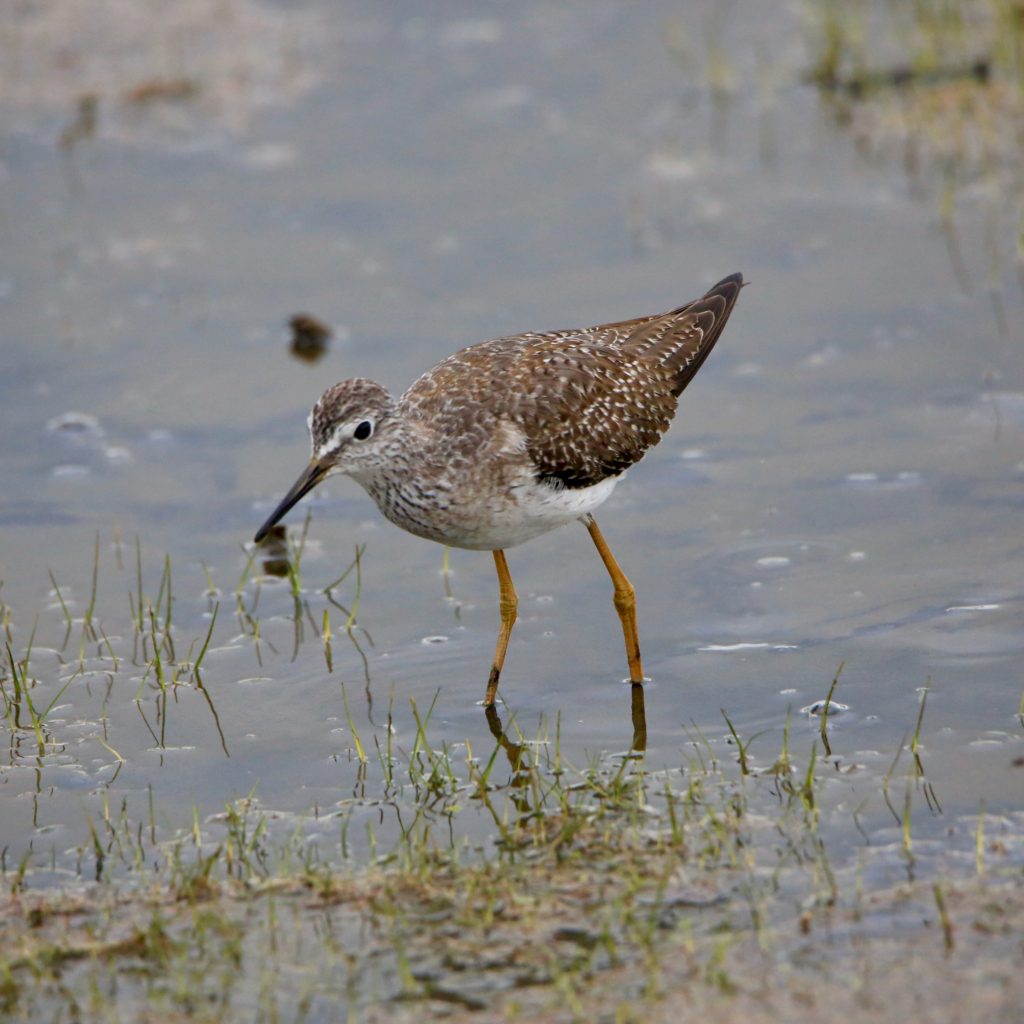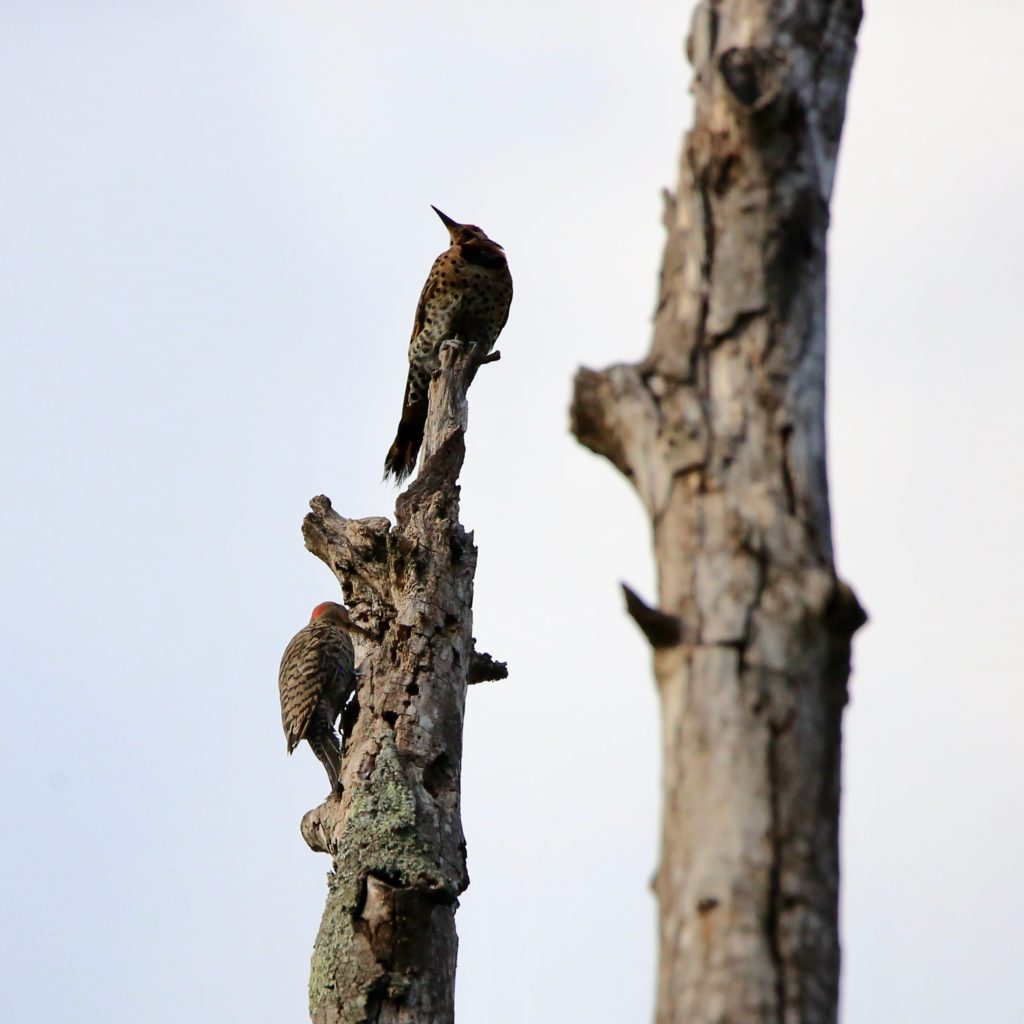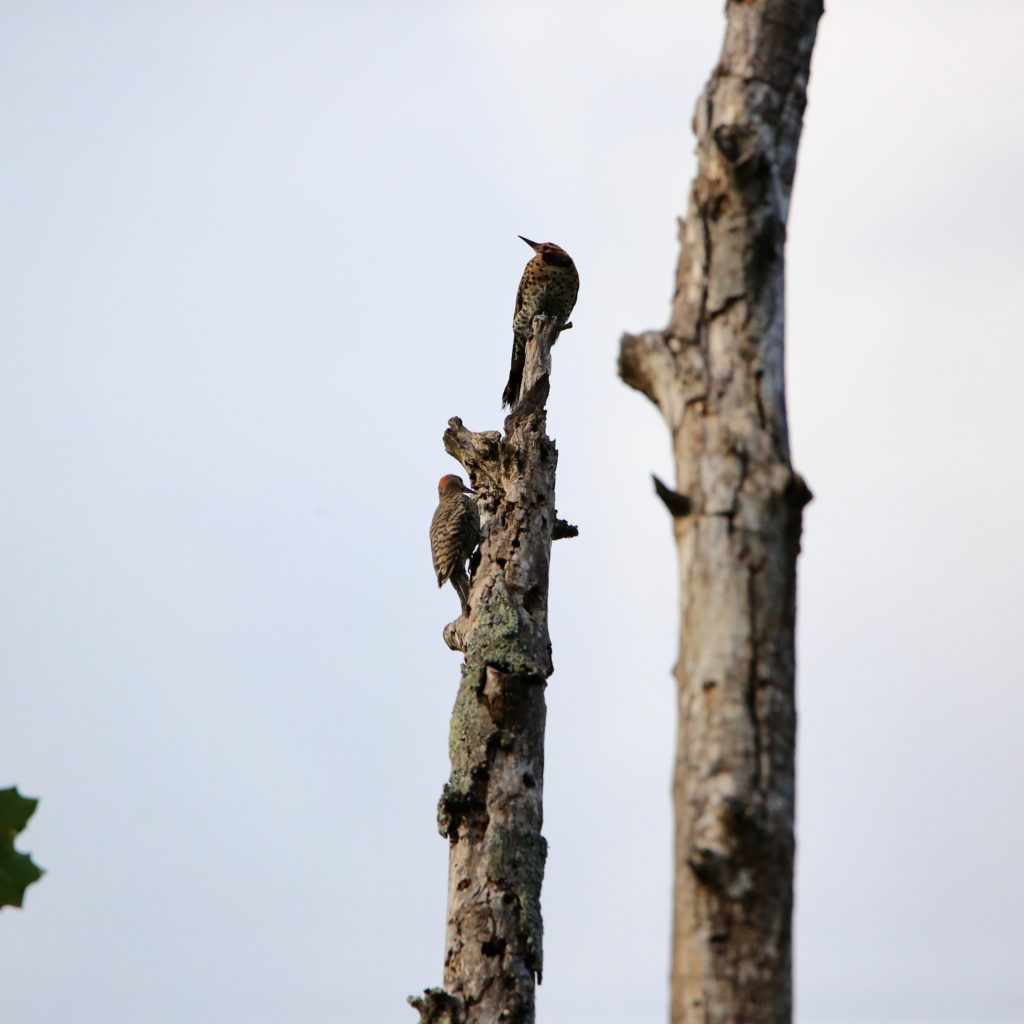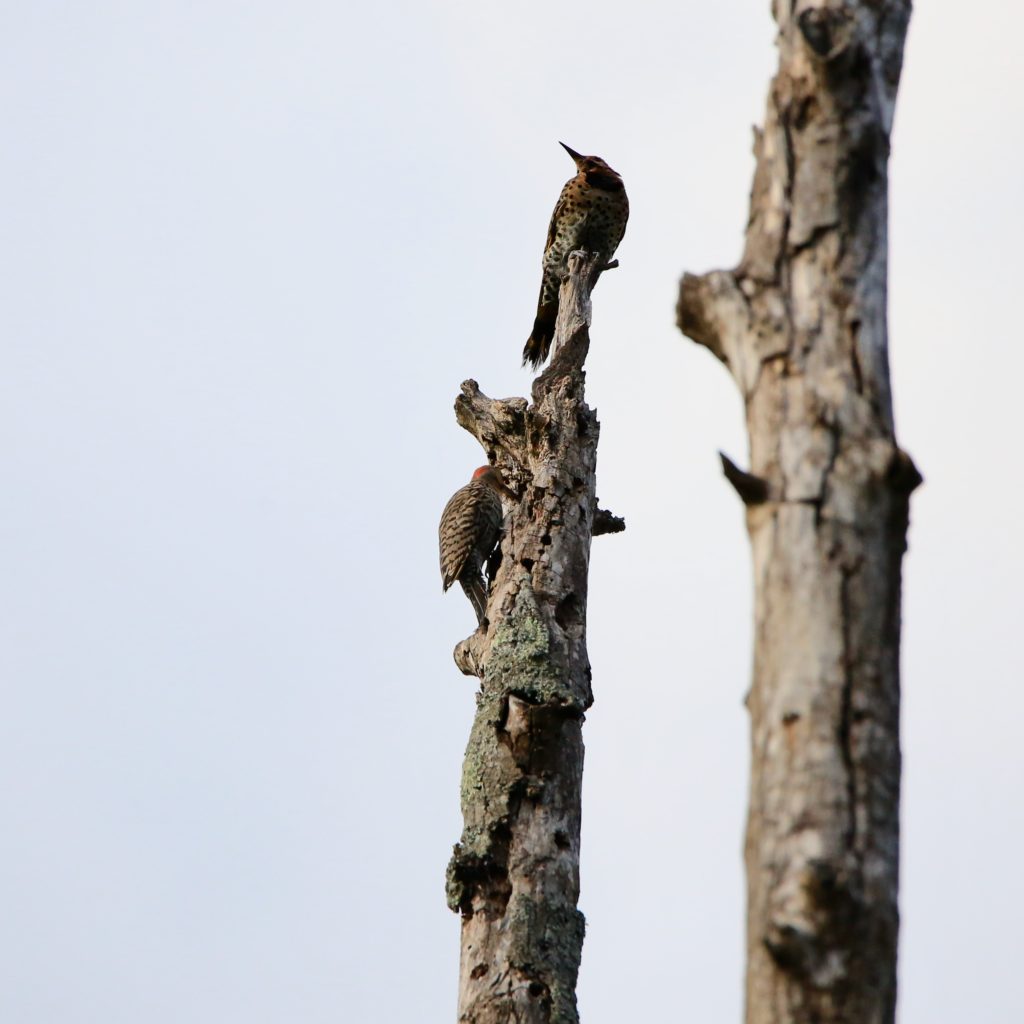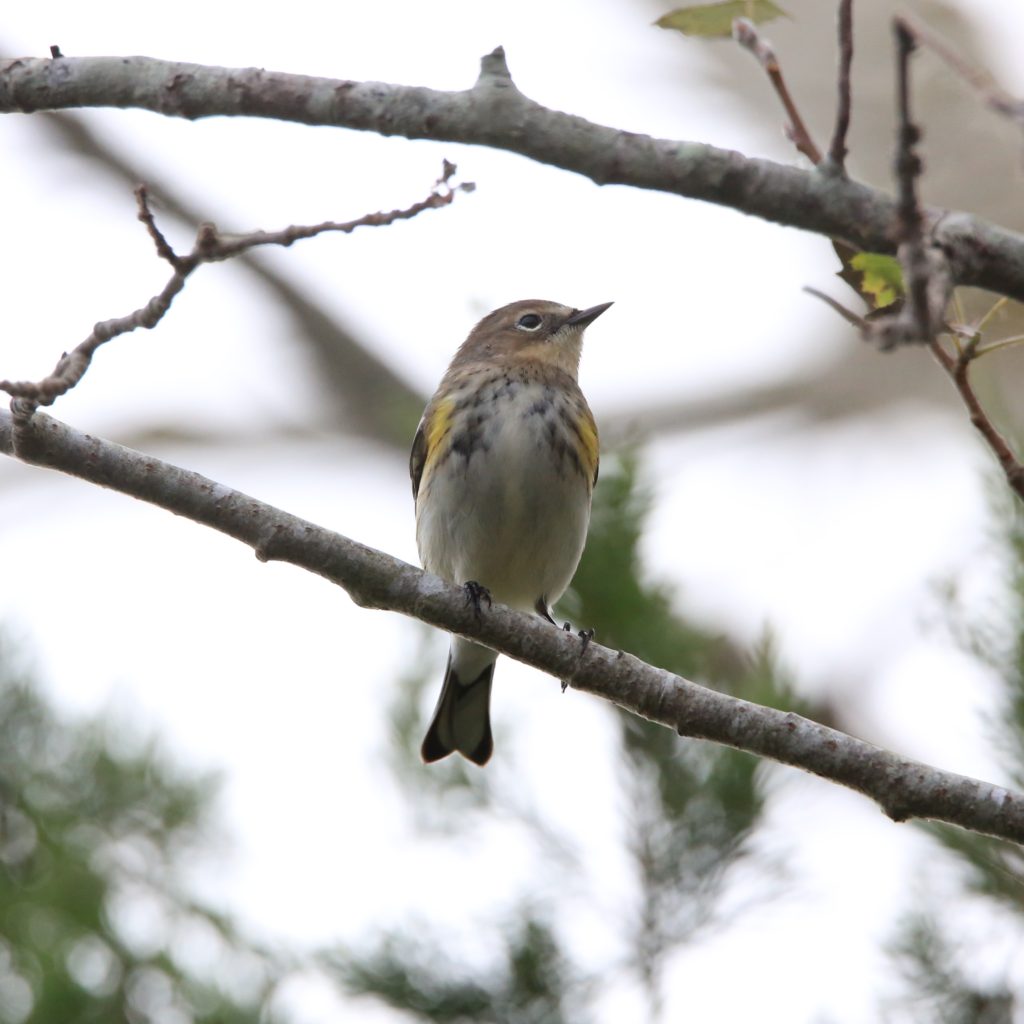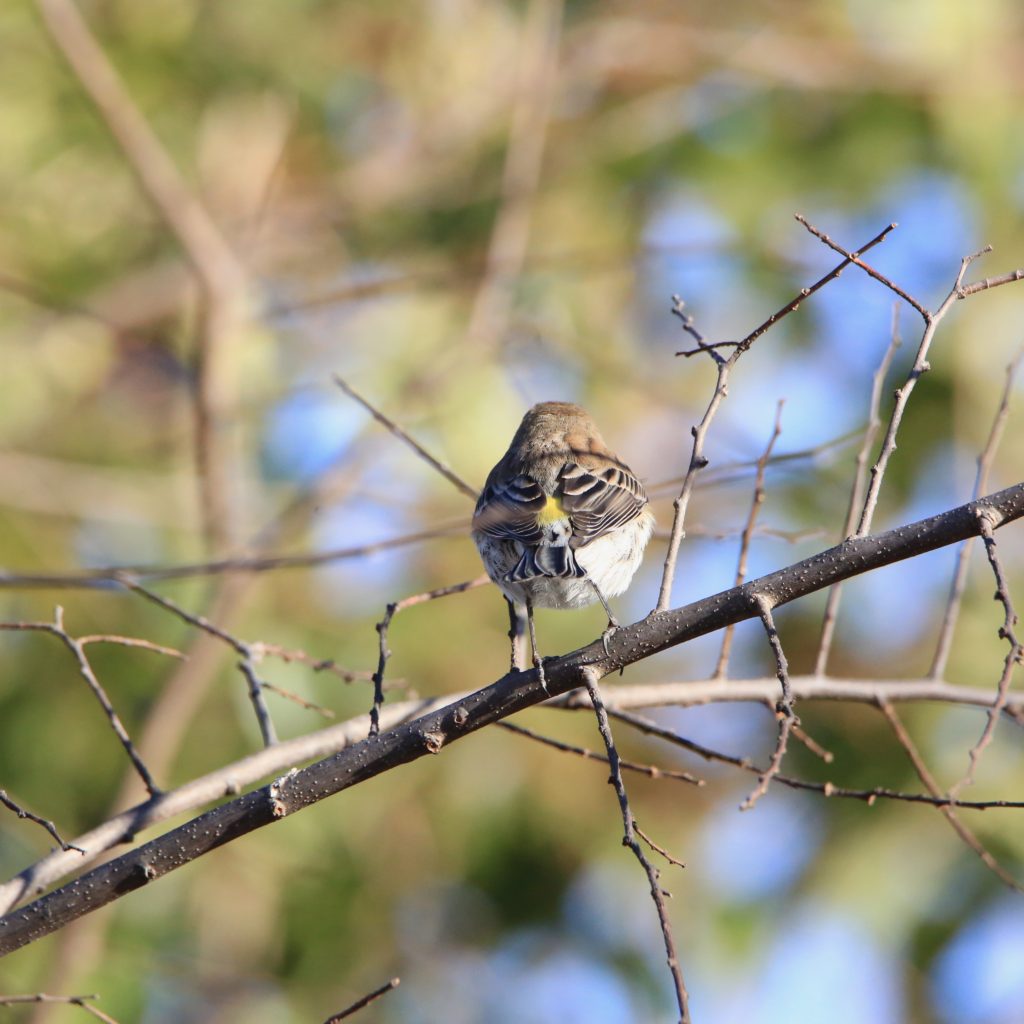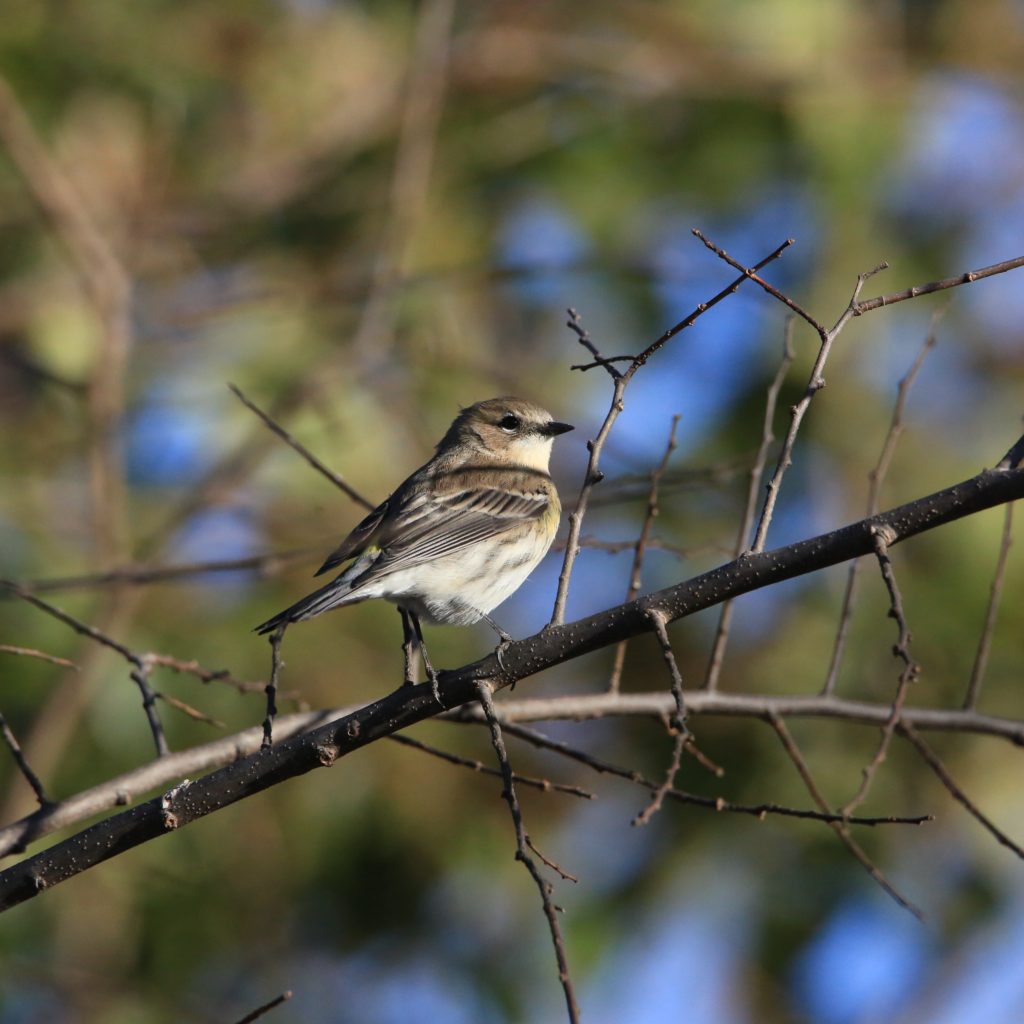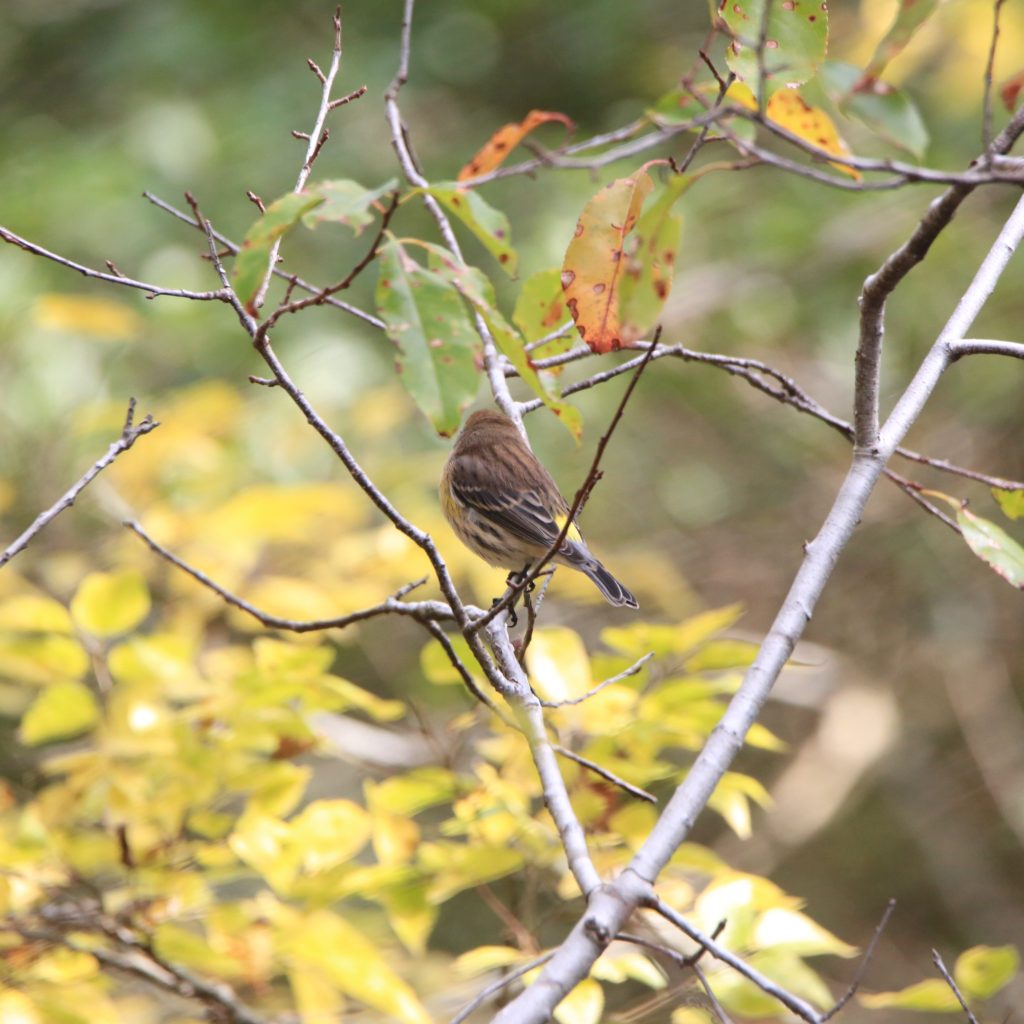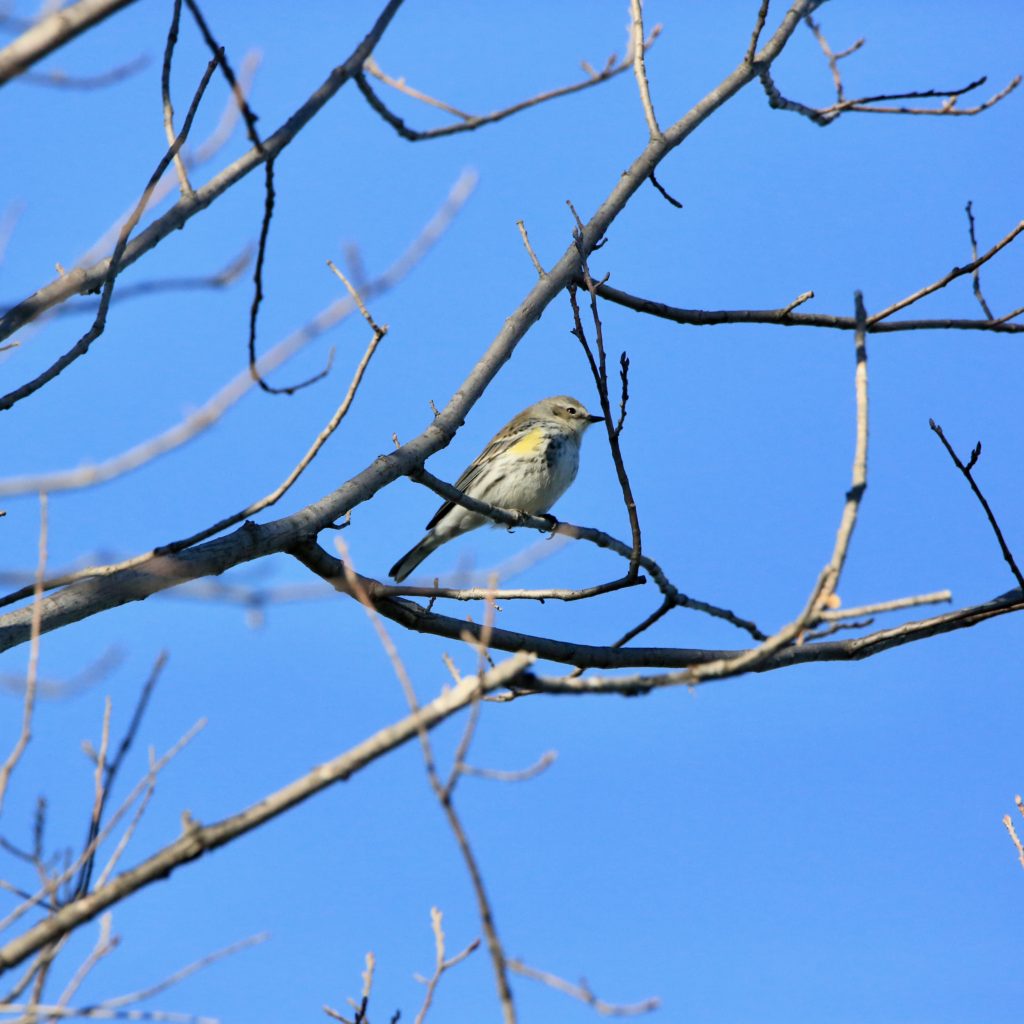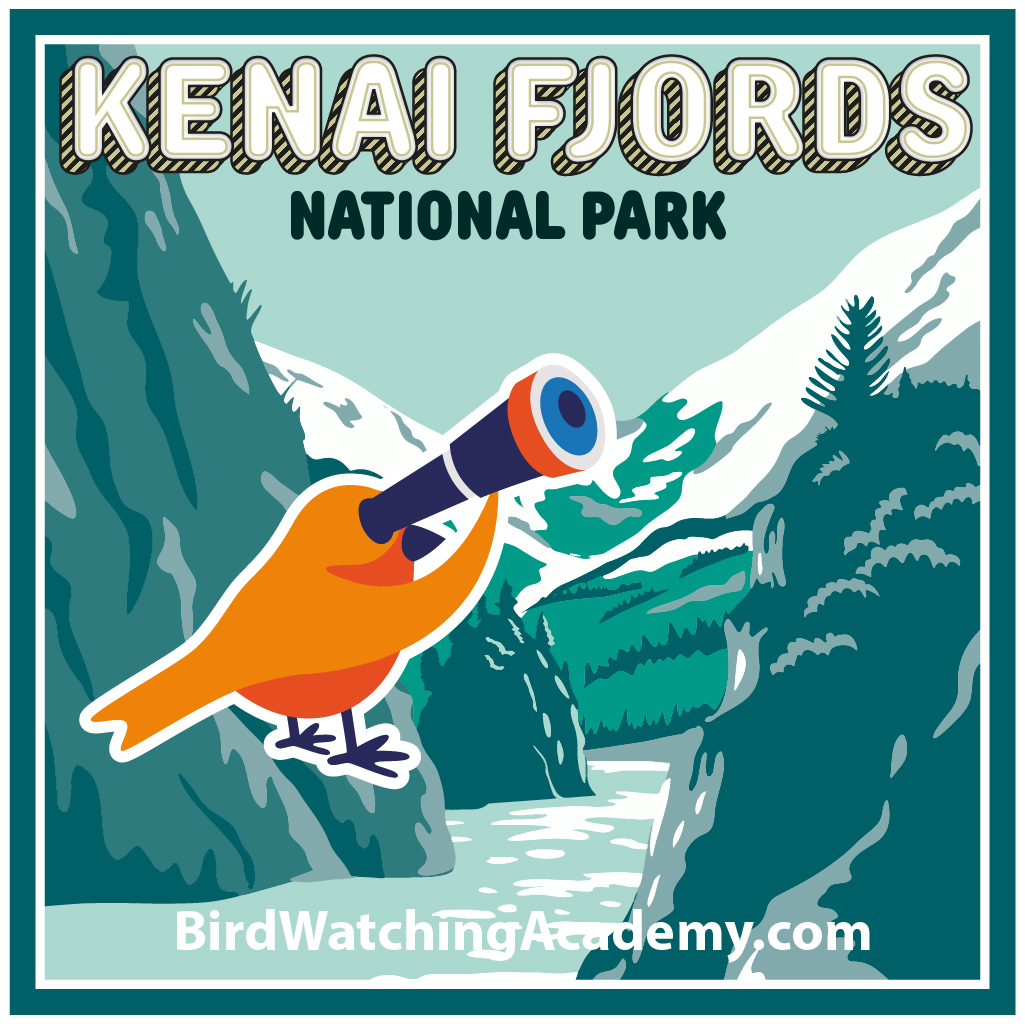
Kenai Fjords National Park is situated in south-central Alaska, west of Seward town, and on Kenai Peninsula. The 669,984 acres of land protect the Harding Icefield and all its overflowing glaciers, islands, and the fjords of the coasts.
Bird watching at the Kenai Fjords national park is a unique experience because of the diverse coastal and glacial landscapes.
Major Attractions at Kenai Fjords National Park
Visiting Kenai Fjords National Park is a bit of a luxury in a way. For a dedicated birdwatcher, there is no need to focus only on birds. You could partake in all the exciting activities the park has to offer, and you are bound to find plenty of birds in between. The park has only one road, so concessions were made for other methods of transport. This translates to boat tours for the glacier and wildlife segments. If you have experience in kayaking, you can opt for it instead of a noisier boat tour that can sometimes disturb the wild animals.
The main glacier in the park is Exit glacier, one that you can visit through several hiking trails and the only one that does not require a boat tour to reach. If you want a sightseeing experience unlike any other, it is indeed possible to go on a helicopter tour over the Kenai Fjords National Park. Then you would realize the vastness of the park.
Human beings tend to find whales adorable. So if the park is offering a whale watching tour, there is no reason to skip on this. If you want, you can explore the park for days. At the gateway, there is the town of Seward. The fishing town comes with various lodging options, from camping to Airbnbs.
GET KIDS BIRD WATCHING
Bird Watching at Kenai Fjords National Park
Alaska has a record of 564 bird species. Considering the diverse range of birds in Alaska, the Kenai Fjords National Park is an excellent kick-off point if you want to increase your knowledge of the birds inhabiting the coasts.
Any birding expert would agree this is a paradise for beginners and specialists. Over 190 bird species, both of who call the place home and migratory birds, show up here. The most common sight is bound to be Bald Eagle, Common Murre, Pigeon Guillemot, Pelagic Cormorant, and Double-crested Cormorant. A smart birder would come across a
Black Oystercatcher or a Rhinoceros Auklet. Persistent birdwatchers may have the chance of spotting Ancient Murrelet, Parakeet Auklet, and Thick-billed Murre. A lucky, deeply lucky birder might spot a Peregrine Falcon, Harlequin Duck, or a Black Scoter.
The areas you have a high chance of spotting birds range from spruce forests, icefields, and glaciers to the Pacific coastline. It covers more than 500 miles.
10 Birds to See at Kenai Fjords National Park
Horned Puffin
Horned Puffins are black and white with a yellow and red rounded bill. They are seabirds that nest on the islands and coasts of Alaska. Their population in Alaska is abundant but has declined on the islands. They make their homes on sea cliffs near the ocean. These Puffins enjoy eating fish. They carry their fish crosswise in their bill and can carry up to 65 fish at one time! They only lay 1 egg and build their nests in a burrow underground. Horned Puffins do not migrate, but their patterns are not known, since they are found in different locations.

Steller’s Jay
Steller’s Jays are blue with a black head and a triangular crest. These birds live near evergreen forests in the mountains of the western United States. They make their homes in pine and oak forests. Their population is widespread and common. Steller’s Jays make their nests out of the mud. They stay in the high canopy and fly down in long, lazy swoops. They eat nuts, seeds, or handouts from humans! Steller’s Jays are permanent residents but may move to lower elevations in the winter.
Downy Woodpecker
Downy Woodpeckers are black and white with a small red patch on their head. They are the smallest Woodpecker that live all throughout North America. These birds are common and their population is steady with no risk of being endangered. They make their homes in backyards, parks, and woodlots. Downy Woodpeckers do not sing songs; they drum. In the winter, they like to hang out with other birds such as the Nuthatch and Chickadee. They eat mostly insects, but also eat seeds and berries. Downy Woodpeckers build their nests in holes of dead trees and keep them camouflaged. They lay 4 to 5 eggs. Downy Woodpeckers are permanent residents; however, some in the north migrate south in the winter.
Greater Yellowlegs
Greater Yellowlegs are shorebirds with black and white plumage and of course, yellow legs! You can find them throughout North America. Their population is stable and they are not at risk of being endangered. They make their homes in marshes and other wetlands. Greater Yellowlegs are nicknamed the “marsh piper” since they will wade in deeper waters to eat. They make their nests on the ground near water and lay about 4 eggs. Greater Yellowlegs migrate in small flocks in the fall.
Mallard
Mallards have a green head, gray feathers, and a black tail. They are common Ducks that you can find throughout North America. Their population is steady and abundant. They make their homes near ponds and parks as well as other wetlands. Chances are if you have fed a duck at a park, you have fed a Mallard. They are good fliers, flying as fast as 55 miles per hour! They eat mostly plants like seeds, stems, and roots. Mallards make their nests on the ground and sometimes far away from water. They lay 7 to 10 eggs. Once they hatch, the young will leave the nest after one day and go straight into the water. Mallards migrate in early spring and again in the fall.
Northern Flicker
Northern Flickers are large with a brown and white body. They also have spots on their underparts. They live throughout North America. Their population has declined, but they are still abundant and not at risk of being endangered. They make their homes in open forests, groves, and woodlots. Northern Flickers eat mainly ants and beetles. They nest in small holes in trees much like other woodpeckers. They lay 5 to 8 eggs. Most Northern Flickers migrate south for the winter.
Northern Shoveler
Northern Shovelers are brown and white with green necks and bills; females have orange bills. Their bills are shaped liked shovels, which help them eat. They are beautiful ducks found throughout North America. They are common and widespread and not at risk of being endangered. Northern Shovelers reside in shallow marshes and wetlands. They build their nests on the ground near water. They lay 9 to 12 eggs. Northern Shovelers migrate in flocks in late spring and again in early fall.
Rufous Hummingbird
Rufous Hummingbirds are an orange color almost like a penny. They also have red throats and long straight bills. Their population has declined, but they are still common and widespread. They make their homes in mountain meadows and forests in the western part of North America. These birds like to feed on nectar and insects. They will visit Hummingbird feeders in backyards. They are very protective and will chase off other birds or animals. Rufous Hummingbirds lay about 2 eggs and make their nests very camouflaged up in trees. They migrate along the western part of North America sometimes reaching parts of Alaska and down to South America.
Song Sparrow
Song Sparrows have a brown and gray body with streaks. Their coloring can change depending upon the area they are in. They live all over North America. Their population is widespread and steady. They make their homes in thickets, brush, and around marshes. Song Sparrows eat small insects like wasps and ants, but will also come to bird feeders for seed. They lay 3 to 5 eggs in a nest low to the ground. Song Sparrows in the north migrate to the south for the winter.
Yellow Warbler
Yellow Warblers are an all-around yellow bird with some light brown stripes on their chest. You can find these birds throughout North America. Their population is stable and not at risk of endangerment. They make their homes in gardens, streams, and along swamp edges. Yellow Warblers have a distinct whistle. They feed on insects in willows, wet woods, and even by the roadside. Yellow Warblers migrate early in the fall.
Final Thoughts
Any birder beginning their journey in Alaska should start at the Kenai Fjords National Park. The place might not have a reputation as a popular birding spot, but it certainly does not lag compared to other National Parks.
Ornithology
Bird Watching Academy & Camp Subscription Boxes
At the Bird Watching Academy & Camp we help kids, youth, and adults get excited and involved in bird watching. We have several monthly subscription boxes that you can subscribe to. Our monthly subscription boxes help kids, youth, and adults learn about birds, bird watching, and bird conservation.
- Kids Bird Watching Monthly Subscription$10.00 / month
- Kid & Adult Bird Watching Starter Pack Subscription$10.00 / month and a $72.00 sign-up fee
- Kids Bird Watching Starter Pack Subscription$10.00 / month and a $19.00 sign-up fee
Bird Watching Binoculars
The most common types of bird watching binoculars for viewing birds at Kenai Fjords National Park is the 8×21 binoculars and 10×42 binoculars. Bird Watching Academy & Camp sells really nice 8×21 binoculars and 10×42 binoculars. You can view and purchase them here.
- Birding Binoculars$49.99
- Kids Binoculars$13.99


































